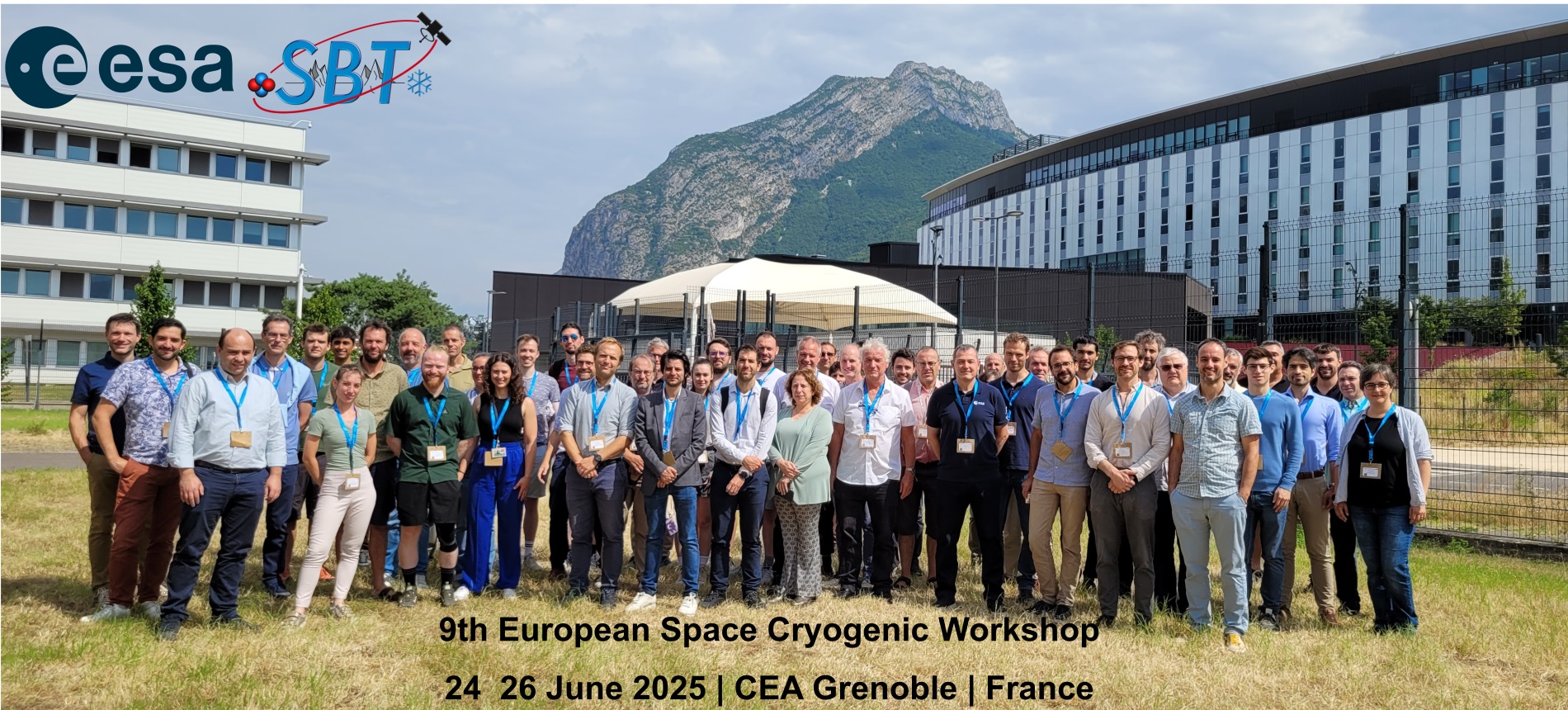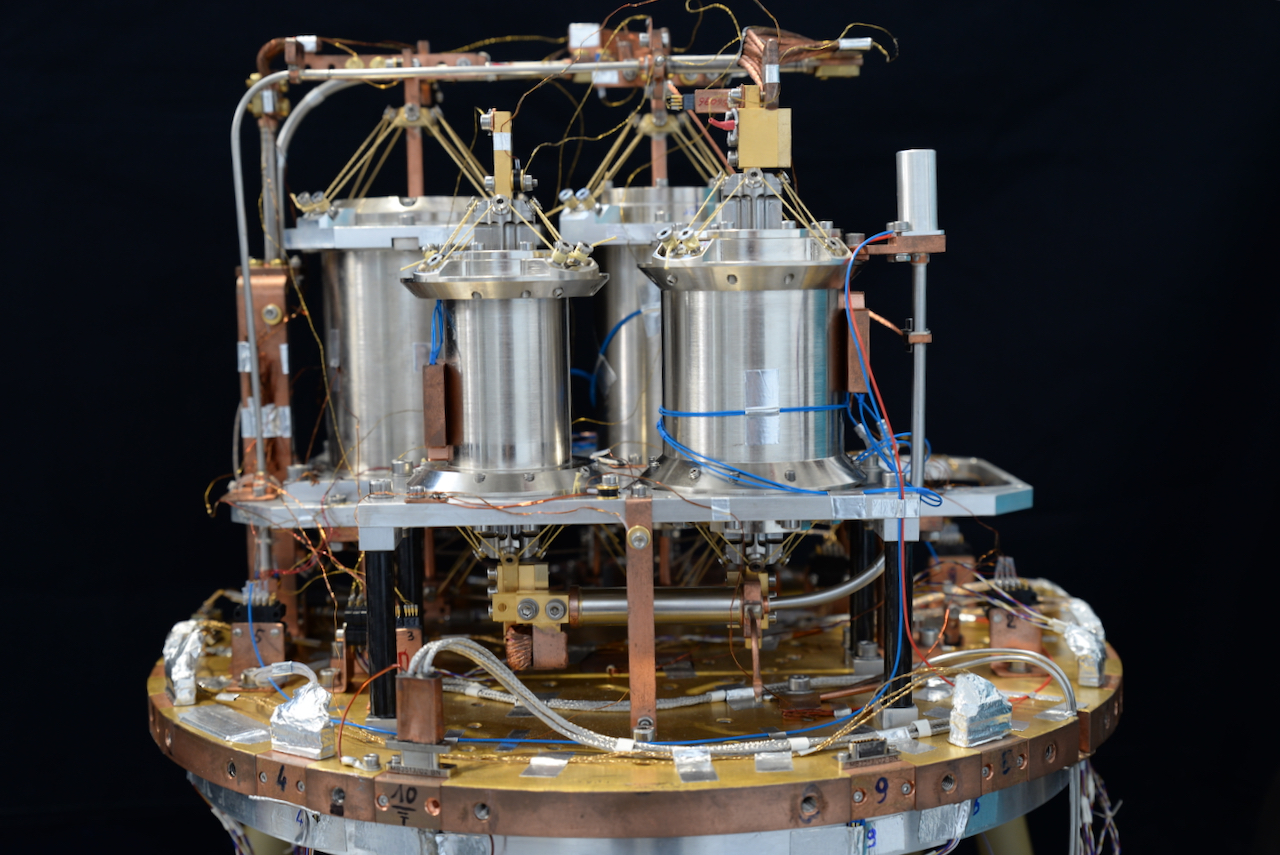 Held in Grenoble from June 24 to 26, 2025, the 9th European Space Cryogenics Workshop was organized by CEA-Irig/DSBT in partnership with the European Space Agency (ESA). The event gathered over 70 European experts to discuss cutting-edge advancements in space cryogenics.
Held in Grenoble from June 24 to 26, 2025, the 9th European Space Cryogenics Workshop was organized by CEA-Irig/DSBT in partnership with the European Space Agency (ESA). The event gathered over 70 European experts to discuss cutting-edge advancements in space cryogenics.
As a flagship scientific conference, it provided a comprehensive overview of the latest breakthroughs in cryogenic technologies. It is a major field for space exploration including refrigeration techniques, thermal design for ultra-high-sensitivity onboard instruments, cryogenic systems for quantum applications, and orbital fluid transfer technologies.
This seminar highlighted the important activity of Grenoble-based teams in the field of cryogenics, particularly with the participation of major local partners such as Air Liquide, Absolut System, Lynred, and the Néel Institute. The
CEA-Irig/DSBT demonstrated its commitment through multiple presentations covering a wide range of topics and temperature scales, including closed-cycle space dilution refrigeration at ~40 mK (millikelvin), five-stage adiabatic demagnetization for the Athena mission, achieving cooling down to 50 mK, compact pulse tube coolers targeting 15 Kelvin, and thermal architecture for the European instrument developed for NASA’s PRIMA mission.
A highly positive in-flight performance review of the LPTC (Large Pulse Tube Cooler), developed by Air Liquide Advanced Technologies (Sassenage) under DSBT license for the MTG (Meteosat Third Generation) satellite, underscored the robustness of these technologies after years of orbital operation.
The six presentations dedicated to the Athena mission—ESA’s future X-ray astrophysics flagship—emphasized its central role in space exploration. These discussions highlighted the extreme cooling requirements of the mission, in which DSBT is deeply involved, showcasing ongoing technological solutions under development.
Other presentations focused on ESA’s ARIEL exoplanet mission, particularly the Joule-Thomson coolers currently in development. These contributions demonstrated that certain European institutions retain strong in-house expertise in cryogenic manufacturing and assembly, reinforcing the importance of maintaining production capabilities within the region.
 Photo: A four-stage adiabatic demagnetization refrigerator (ADR) demonstrator for Athena, capable of reaching 320 mK. © CEA
Photo: A four-stage adiabatic demagnetization refrigerator (ADR) demonstrator for Athena, capable of reaching 320 mK. © CEA
The event brought together European industrial and academic stakeholders to explore concrete collaboration opportunities, while reaffirming Grenoble’s scientific and technical hub — including CEA-Irig/DSBT — as a leading platform in space cryogenics.
With broad community engagement, the workshop strengthened the visibility of national expertise in this strategic technological sector.
Fundings
UGA, Grenoble Alpes Métropole, Air Liquide, Cryogenic Society of Europe, Labex FOCUS and CEA-Irig